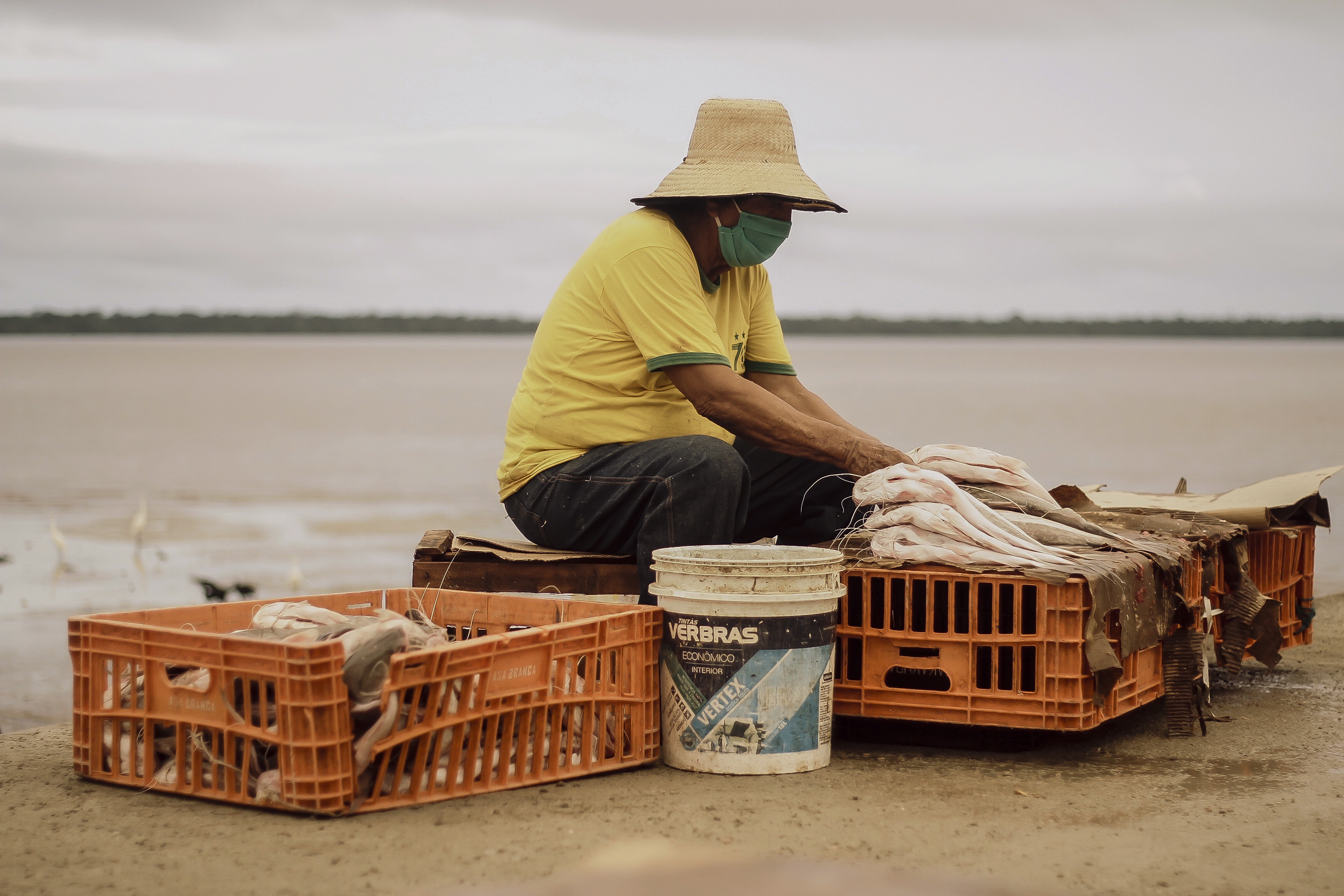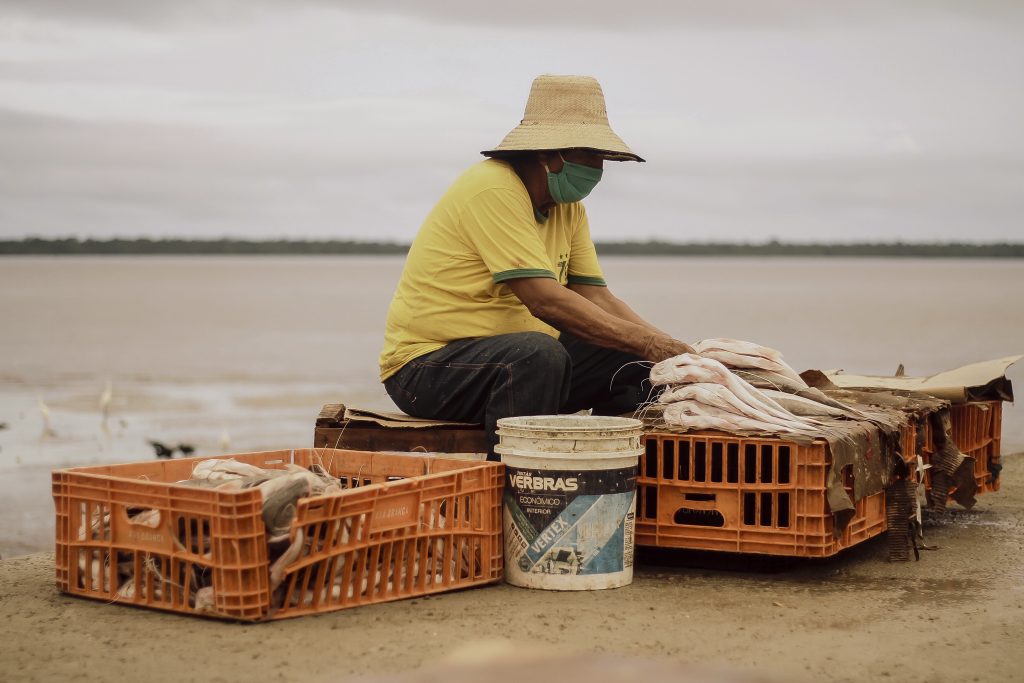Although several countries are starting to open up again in an attempt to stimulate their economies, we still don’t have a completely accurate picture of how bad contagion is in Latin America.
Part of this is due to scarcity in testing: Like many parts of the world, Latin American regions have limited testing to either people who present symptoms or those who have been in contact with confirmed COVID-19 patients. However, another issue is that some governments have denied the severity of the pandemic, and the number of confirmed cases and deaths might not fully reflect what’s happening on the ground.
In Mexico, doctors have said that the numbers the government is sharing don’t add up to what they’re seeing in packed hospitals, where there aren’t enough beds for patients. Their reports say that some people have died trying to find hospitals with more capacity because of how overwhelmed the system is.
According to The New York Times, officials have tallied more than three times as many fatalities in Mexico City than what’s been reported. There’s also a disparity in Nicaragua, where the regime of Daniel Ortega has refused lockdown measures, despite signs that the virus has taken hold in the country. As of May 12, the government has said only 16 confirmed cases and five deaths have been a result of the coronavirus, but individuals who spoke to NBC Latino say they’ve lost relatives who aren’t included in those numbers. One man said that a hospital told him a relative didn’t die because of the virus, yet warned him and his family to self-quarantine for two weeks.
Some countries plan to ramp up testing to get a more accurate picture of what’s going on. In Panama, Health Vice-Minister Luis Sucre recently said that the country needed to do more after “not meeting our required objectives for this phase,” he said, per Reuters.
But in countries like Brazil, where President Jair Bolsanaro has dismissed the pandemic as a “media trick” and forced openings by adding more essential job categories, it’s more difficult to know what information is right and what is being used to continue a leader’s narrative.
Whatever the reasons, not being able to understand just how intense the virus has spread prolongs the pandemic and could have catastrophic outcomes for the region. Already, experts have rung the alarms and warned that Latin America’s infrastructures are vulnerable, but it’ll be up to each government to heed that advice.




